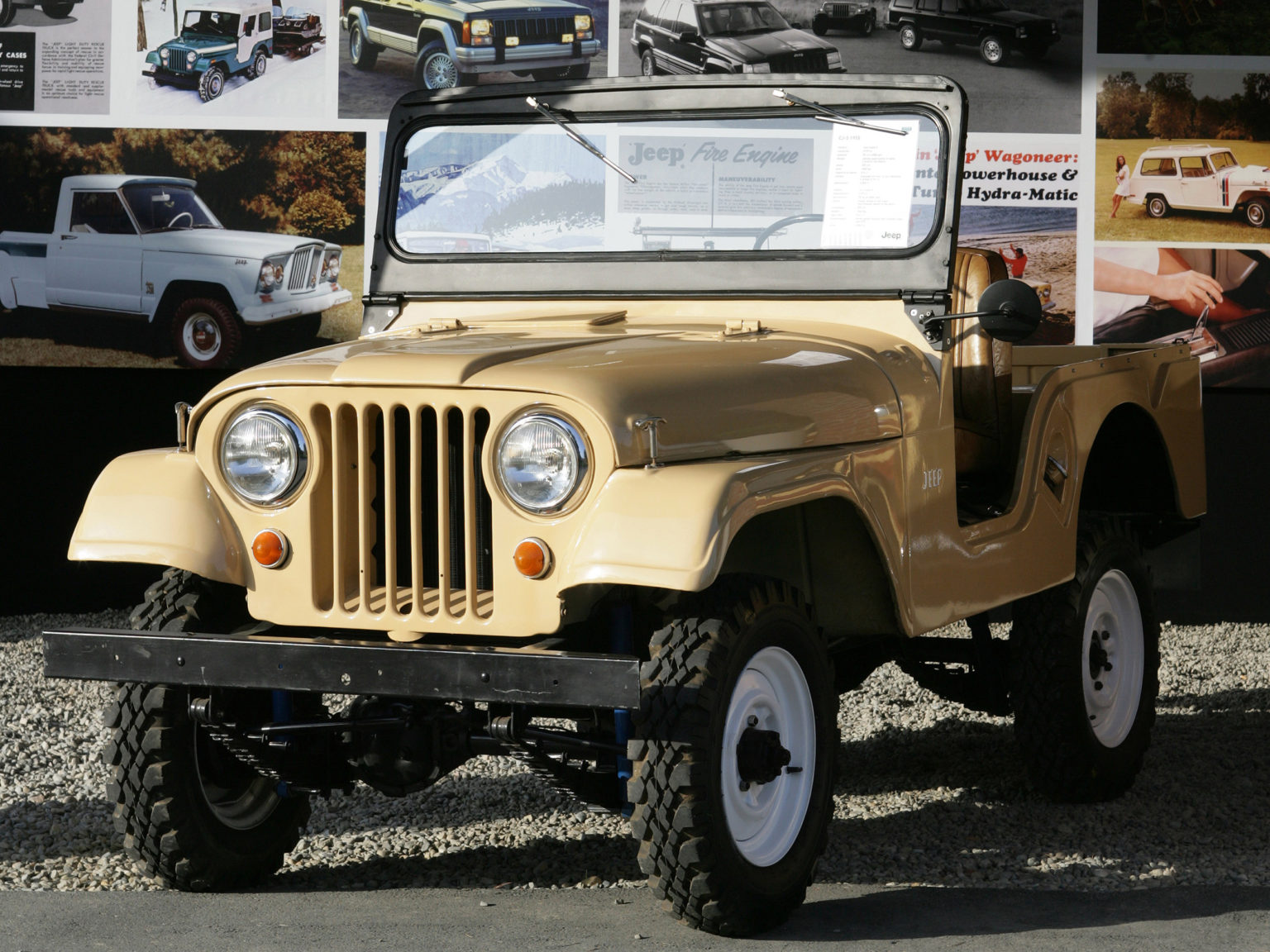I’d always wanted a vintage Jeep. For decades I’d dreamed about it and just never got around to pulling the trigger. With the COVID-19 pandemic causing me to be stuck at home for the last few weeks, I found myself spending my spare time surfing Craigslist ads across the country looking for a new resident for my driveway.
I ran into a few obstacles along the way that no one had warned me about in my research.
The original Jeep
Photo courtesy of FCA US LLC
Most people know that the Jeep was invented as an all-purpose military vehicle on the eve of World War II. Automakers including American Bantam, Willys-Overland, and Ford all submitted designs for consideration, and the Willys design was approved (pictured above). There are very few of the prototypes and early production models still around, but the MB design was mass produced for the war by Willys, along with the closely related Ford GPW.
After the war, the Jeep MB was sold to the public as the Jeep CJ-2A (pictured below). The “CJ” designation stands for “Civilian Jeep.” The MB was further developed into the CJ-3A and CJ-3B, with a similar military version known as the M38. Together, all of these models are known as the “flat-fendered” Jeeps because the front fenders are – you guessed it – flat. The CJ-3B continued in production until 1968, with over 155,000 made.
The average GI Joe
Photo courtesy of FCA US LLC
Here’s the thing about early Jeeps: If you go back to the original U.S. military specification, the Jeep was a “one size fits all” vehicle. The average U.S. soldier in that era was 5 feet, 6 inches tall, so the Jeep was designed to accommodate that height. Early Jeep seats are literally bolted to the floor with no possibility of adjustment unless you’re pretty good with a welding torch. There was also no power steering, so the steering wheels have a huge diameter to give the driver enough leverage to turn the front tires on rough ground.
The problem arises when a taller driver like me wants to drive an early Jeep. I’m six feet tall, a little above average these days, and it’s just about impossible to get longer legs up on the clutch and brake pedals of a WWII-era Jeep because your knee hits the bottom of the steering wheel. It’s worse if you’re a bit on the chubby side because that wheel will be right up against your belly button. Ask me how I know.
A larger military Jeep
Photo courtesy of FCA US LLC
In 1952, Willys brought out a new Jeep design called the M38A1. It was bigger than the older models, with a better ride and a more powerful engine. You can tell the M38A1 at a glance because the front fenders curve down at the forward edge like all newer Jeep designs.
The M38A1 still has fixed seats and a big wheel, but it’s enough larger than a 6-foot person can comfortably drive it. Production of the M38A1 went on until 1971, with 101,499 examples produced. The United States military bought 80,290 of those Jeeps, and many of those were sold to the public at the conclusion of their service. The Jeep I just bought is one of those ex-military models.
The parallel civilian model to the M38A1 is the legendary Jeep CJ-5. You can tell the difference between two by looking at the back end. The CJ-5 has a little tailgate like a truck, and the M38A1 does not. Also, there’s an indentation in the passenger side cowl on the M38A1 for an electrical connection that is not included on the CJ-5.
Growing with the times
Photo courtesy of FCA US LLC
The first CJ-5 was sold in 1955, and the model continued in production until 1983 with a long list of developments over that time, such as sliding seats and improved comfort features. With a production history of almost 30 years, the CJ-5 saw dramatic changes over time and buyers can take their pick of various engines, automatic transmissions, different 4X4 components, and many special editions.
If you want or need more space than a CJ-5 (pictured above) provides, there is the comparatively rare extended-wheelbase CJ-6 model. The CJ-6 was also introduced in 1955 and was based on the military Jeep M170 ambulance or troop carrier. The CJ-7 was introduced in 1976, and these are also a little bigger than the CJ-5. Later Jeep Wranglers are even bigger.
Finding your Jeep
If you’re looking for a vintage Jeep, there are many good places to look. You can browse Craigslist for bargains, or check auctions like Bringatrailer, Hemmings, and eBay. There are also specialty sites like Willysforsale.com that offer hard-to-find examples and restored military models.
Just be sure that you take a test drive in a similar model before buying an older Jeep, especially if you’re bigger or taller. Finding the Jeep model that fits you is the first step in a grand adventure.









